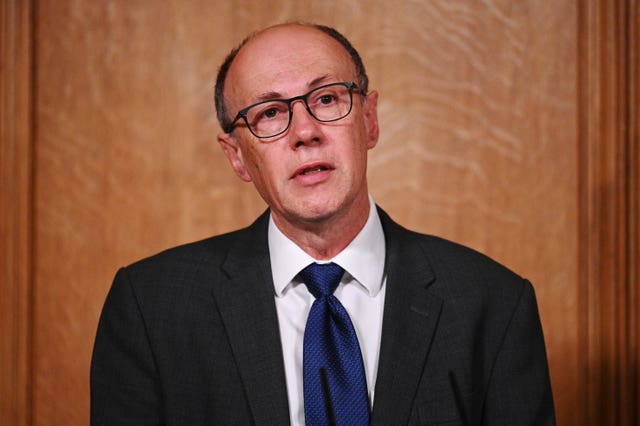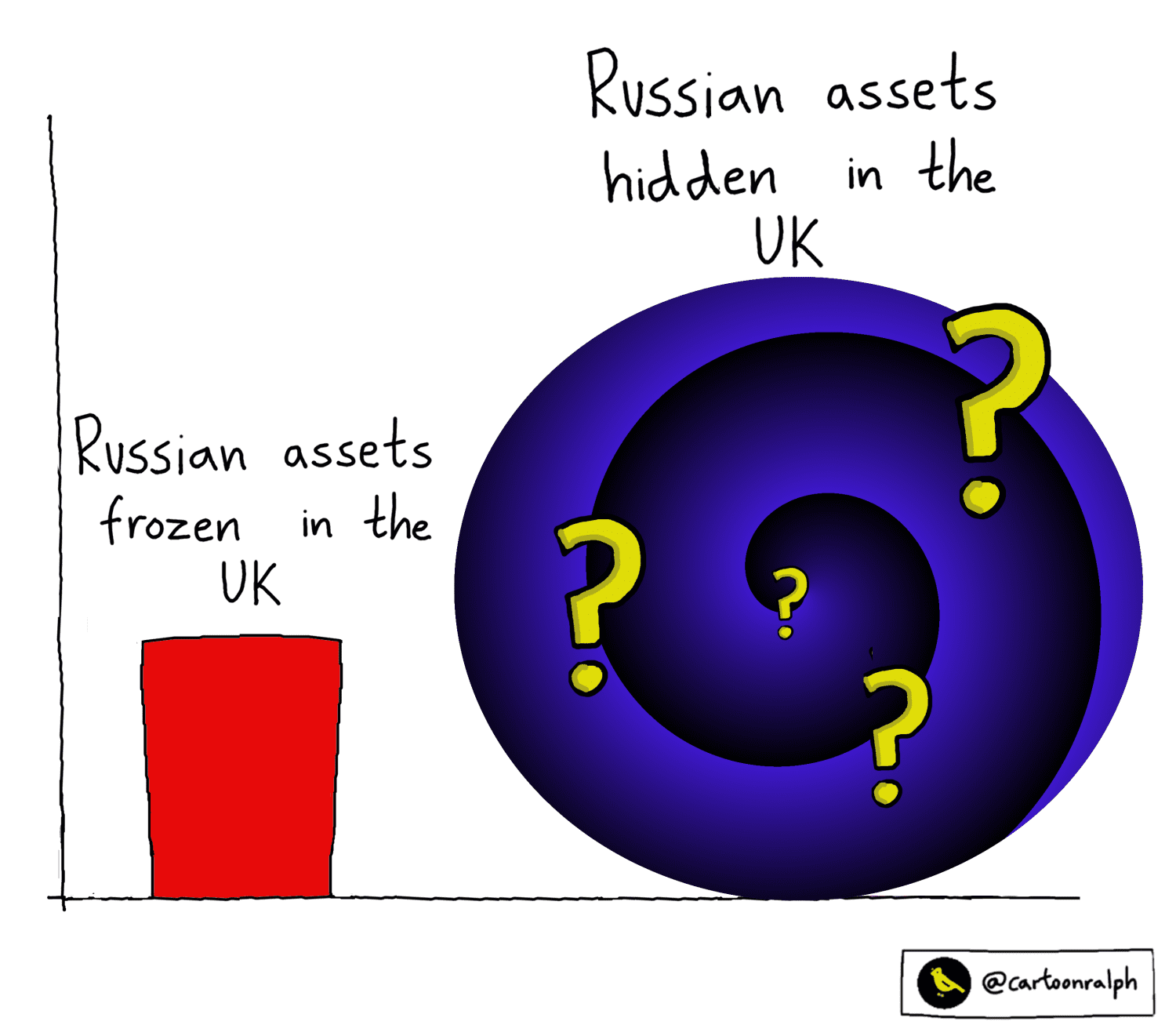The time people spend waiting for an ambulance has risen across England as the overall waiting list exceeds 6 million, according to new figures. Data from NHS England shows that people with potentially life-threatening conditions are sometimes waiting twice as long as they should be for an ambulance compared to national targets.
It comes as the waiting list for NHS hospital treatment continues to rise to record levels, with 6.1 million people on the list at the end of January.
Ambulance response times get worse
The NHS also continues to miss a raft of targets relating to cancer and how long people wait in A&E. The new data shows that the average response time last month for ambulances dealing with the most urgent incidents – defined as people with life-threatening illnesses such as cardiac arrest – was eight minutes and 51 seconds, compared to a seven-minute target, and up from eight minutes 31 seconds the month before.
Meanwhile, ambulances in England took an average of 42 minutes and seven seconds last month to respond to emergency calls, such as burns, epilepsy and strokes, up from 38 minutes and four seconds in January and more than double the 18-minute target.
Response times for urgent calls – such as late stages of labour, non-severe burns and diabetes – averaged two hours, 16 minutes and 13 seconds, up from one hour, 56 minutes and 52 seconds in January. The target states that 90% of calls should be reached within two hours.
It’s also happening with waiting lists
When it comes to the overall waiting list, the number of people having to wait more than 52 weeks to start treatment stood at 311,528 in January, up from 310,813 in the previous month and 2% higher than the number in January 2021.
A total of 23,778 people were also waiting more than two years to start hospital treatment at the end of January, up from 20,065 at the end of December. This is around nine times the 2,608 people who were waiting longer than two years in April 2021.
Meanwhile, the proportion of patients in England seeing a specialist within two weeks if their GP suspects they have cancer fell to its lowest level on record in January, when Omicron cases were high. Some 202,816 urgent cancer referrals were made by GPs in England in January but only 75% had their first consultant appointment within two weeks, the lowest percentage in records going back to October 2009.
The figures also showed that 63.8% of patients urgently referred by GPs for suspected cancer in England in January were diagnosed or had cancer ruled out within 28 days, the lowest percentage so far. The NHS has a new goal that 75% of patients who have been urgently referred by their GP for suspected cancer are diagnosed or have cancer ruled out within 28 days by March 2024.
Elsewhere, nearly 435,000 people in England had been waiting more than six weeks for a key diagnostic test in January, such as an MRI scan, non-obstetric ultrasound or gastroscopy – 30% of the total waiting list. The equivalent number waiting for more than six weeks in January 2021 was 377,651 while in January 2020 it was 46,319.
Just 73.3% of patients in England were also seen within four hours at A&Es in February, though the number waiting 12 hours or more for a bed has dropped.
Surgery waiting times and tests
The Royal College of Surgeons of England said the data shows the longest surgery waits are for operations such as hip and knee replacements (5,538), followed by general surgery such as gallbladder removals and hernia operations (2,874), followed by ear, nose and throat treatment (3,036).
Its vice president, Tim Mitchell, said:
If someone is left waiting years for a planned hip or knee operation, for example, it’s not surprising they will now be struggling to walk or work.
We must find a way to get these patients treated, even if it means paying for them to travel to a part of the country that’s less afflicted, or paying for treatment in the independent sector.
NHS England said the data showed that the NHS delivered 280,000 more diagnostic tests and checks in January compared to the same month last year.
It also said the number of people starting treatment “remained high” with more than 25,000 people beginning treatment in January, while annual data showed more than 2.6 million people were checked for cancer from January 2021 to January 2022 – an increase of over half a million compared to the year before, at the height of the Covid pandemic.

NHS staff still “are determined”
NHS national medical director, Professor Stephen Powis, said:
Despite ongoing pressures our hardworking NHS staff delivered 280,000 more tests and checks for patients in January compared to the same time last year, and almost 1.24 million started consultant-led treatment, as more people continue to come forward for care who may have been reluctant to seek help during the pandemic.
Staff across the country are determined to address the Covid-19 backlogs that inevitably built up throughout the pandemic, and while that cannot happen overnight, these figures show that through initiatives like one stop shops, Super Saturdays and high-intensity theatre lists, we are delivering more care for patients compared to the same time last year.
As we have said throughout the pandemic and as these figures show, it is vital that anyone who has health concerns comes forward so that staff can help you with the best options for your care.
Featured image via – Flickr – Northern Ireland Office – (resized to 770 x 403 pixels)

















